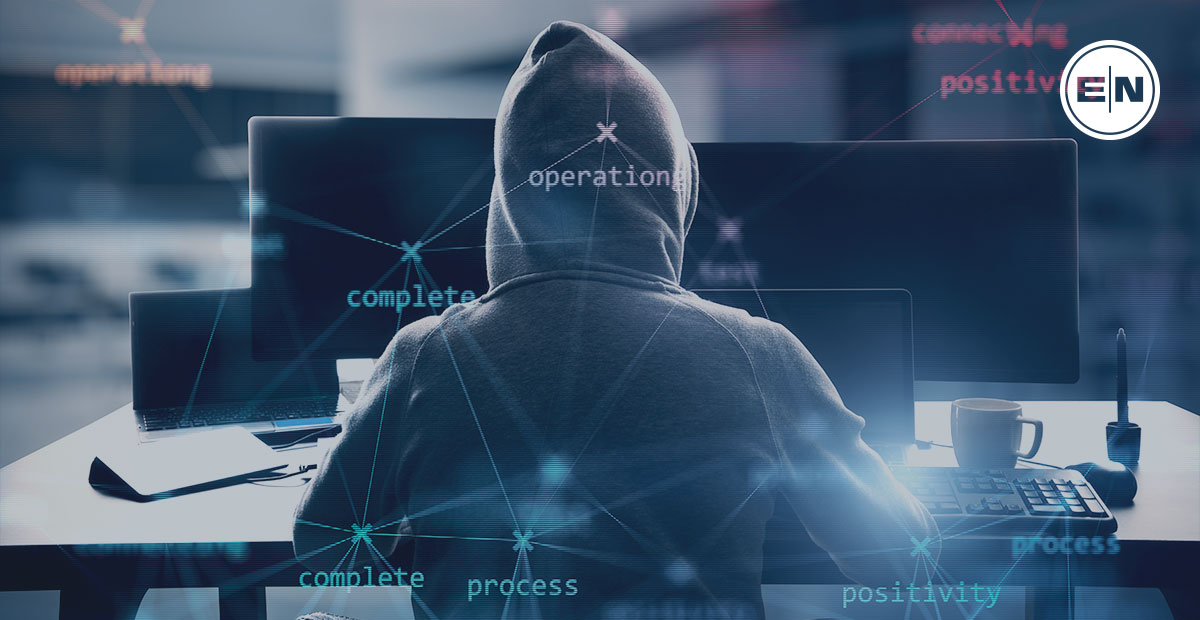What is Shadow IT?

The term “Shadow IT” refers to the use of software, hardware and services that are outside the purview of a company’s information technology (IT) department.
For example, a company may have an existing software solution in place. However, one or more employees decides to find another solution on their own without going through any of the procurement processes used by the company. They may also obtain this solution without consulting with other employees about whether this new solution might be better than what they are currently using.
This can lead to issues like not being able to access data from different sources because there are two different systems in use, which could result in errors down the line as people try and make changes across both systems at once.
What are the Most Prevalent Forms of Shadow IT?
The most prevalent form of shadow IT is the use of non-approved software. Employees often turn to less expensive, but unauthorized programs to get their jobs done without going through company procurement channels.
They may also illegally download a program from a source other than the company’s website or purchase it from an unauthorized vendor. The problem with this type of shadow IT is that there are no guarantees about what security measures have been taken by the developer or provider.
Therefore, when employees choose not to follow proper protocol and instead install unapproved software on company equipment, they put sensitive information at risk. They also expose themselves to legal liability for violations of intellectual property rights as well as laws governing data privacy and cybercrime.
What are the Various Aspects of Shadow IT?
There are many different aspects of Shadow IT. The most popular are the ones that use cloud-based software.
Cloud-based software is usually accessed through software as a service (SaaS) and can be used on tablets, as well as laptops. Off-the-shelf software can also be used but is becoming less popular.
What are the Benefits of Shadow IT SaaS?
Shadow IT SaaS may be the best option for your company if you are looking to save money on software, get a more customized solution that is tailored specifically to your needs or have an easy-to-use interface.
Businesses can bring their employees into the process and let them work with vendors in order to find solutions that will meet everyone’s needs.
What are the Challenges that Shadow IT Presents?
The challenges that shadow IT presents are a lack of centralization and management, security concerns, and issues with business continuity. A company’s data may be exposed due to the use of unauthorized software. The data may become inaccessible due to two different systems in use in the company.
This is especially an issue when companies are trying to make changes across both systems at once.
What is a Shadow IT Application?
A shadow IT application is a software application that an organization does not have the right to use but is using anyway. The new software may be better than the current one, but the organization has no way of knowing what security measures were taken by the developer.
This can lead to issues like confidentiality and data risk. A shadow IT application may be cloud-based, or off the shelf software.
What is the Risk from Network-Accessed Shadow IT Applications?
The risk from network-accessed shadow IT applications is that they may contain malware or spyware. The malware may come from the unauthorized application itself, or it could come from an infected USB stick. There are also risks of hacking and data loss as a result of the unauthorized software being used by employees outside of company-approved networks.
What is the Risk from OAuth-Enabled Shadow IT applications?
The risk is that there are a lot of third-party applications enabled through OAuth that your IT team doesn’t even know about, much less have the ability to manage, enforce policies on, and keep up with for security reasons.
You should be able to harness the power of OAuth-enabled services by giving your employees access to them through an enterprise service management (ESM) solution that’s designed for IT admins. Although it is possible to manage OAuth-enabled shadow IT through self-service portals, you are still risking an organization getting exposed to security breaches and vulnerabilities.
In conclusion, it is important to understand what constitutes “Shadow IT” and how this affects your business. If you don’t know where your employees get unauthorized software, you may be exposing yourself to potential risks. You should consider implementing some form of policy regarding employee usage of technology. This will ensure that your information remains secure while still allowing your staff to work efficiently.
Hence, if you’re looking for a reliable provider of endpoint management services, contact us now!
We offer comprehensive Managed services designed specifically for small and medium sized businesses. Whether you need assistance setting up new servers, managing existing ones, installing antivirus/antimalware programs, backing up files, configuring firewalls, securing networks, maintaining backups, troubleshooting problems, or anything else related to running a server, we’ve got you covered.
to Contact Us




